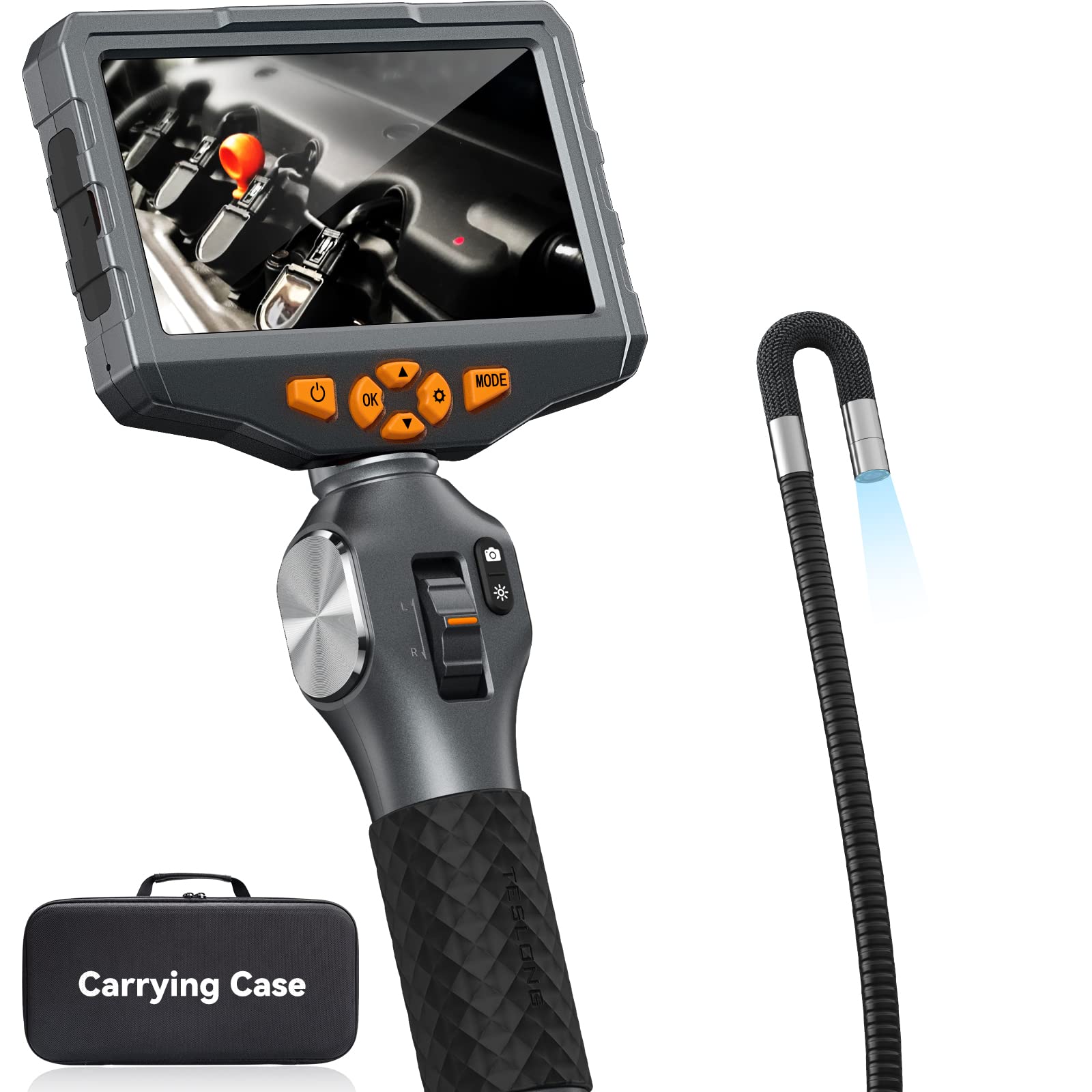HD Industrial Endoscope Applications: From Manufacturing to Maintenance
In today’s fast-paced industrial landscape, efficiency and precision are paramount. One tool that has revolutionized inspection processes across various sectors is the HD industrial endoscope. These advanced devices allow professionals to conduct detailed inspections in hard-to-reach areas, enhancing both manufacturing and maintenance practices. In this blog, we’ll explore the diverse applications of HD industrial endoscopes, highlighting their significance in modern industry.
What is an HD Industrial Endoscope?
An HD industrial endoscope is a flexible, high-definition camera equipped with a light source that can be inserted into confined spaces to capture high-resolution images and videos. These devices are engineered for various industrial applications, allowing users to inspect machinery, pipelines, and structural components without disassembling equipment.
Applications in Manufacturing
1. Quality Control
In manufacturing, quality control is critical to maintaining standards and ensuring customer satisfaction. HD industrial endoscopes are invaluable in this regard, allowing inspectors to examine the internal features of products and components. For instance, in the automotive industry, technicians can check engine parts for defects or irregularities without dismantling the entire assembly, saving time and minimizing production downtime.
2. Process Monitoring
Manufacturers can utilize HD industrial endoscopes to monitor production processes in real-time. By inserting these devices into machinery, operators can identify wear and tear, material buildup, or potential malfunctions before they escalate into serious issues. This proactive approach not only extends the lifespan of equipment but also enhances overall production efficiency.
3. Research and Development
In the R&D phase of product development, understanding material interactions and component behavior is essential. HD industrial endoscopes enable engineers to visualize internal processes and conditions, facilitating better design choices. For instance, they can observe how components interact under stress, leading to improved durability and performance in final products.
Applications in Maintenance
1. Routine Inspections
Preventive maintenance is crucial for keeping equipment running smoothly and avoiding costly repairs. HD industrial endoscopes allow maintenance teams to perform routine inspections without the need for extensive disassembly. By quickly examining areas like engines, turbines, or HVAC systems, technicians can spot potential issues early and address them before they lead to breakdowns.
2. Troubleshooting
When machinery fails, pinpointing the source of the problem can be a daunting task. HD industrial endoscopes simplify troubleshooting by providing a direct visual of internal components. For example, in an industrial boiler, a technician can inspect for corrosion or blockages within the pipes, leading to quicker diagnostics and repairs. This capability significantly reduces downtime and repair costs.
3. Compliance and Safety Inspections
In industries with strict safety and compliance regulations, HD industrial endoscopes play a vital role. Regular inspections can ensure that machinery adheres to safety standards and regulations. These endoscopes allow for thorough checks of hard-to-reach areas, ensuring that no potential hazards go unnoticed. By maintaining compliance, companies can avoid penalties and ensure a safe working environment for employees.
Versatility Across Industries
One of the standout features of HD industrial endoscopes is their versatility. These tools are applicable in a wide range of industries, including:
- Aerospace: Inspecting aircraft engines and components to ensure safety and compliance.
- Construction: Evaluating structural integrity in hard-to-reach areas, such as behind walls or under floors.
- Energy: Monitoring pipelines and tanks in oil and gas, as well as inspecting turbines in power plants.
- Manufacturing: Streamlining quality control and process monitoring in production lines.
Benefits of HD Industrial Endoscopes
1. Cost-Effectiveness
Investing in HD industrial endoscopes can lead to significant cost savings. By reducing the need for extensive disassembly during inspections, companies can lower labor costs and minimize production downtime. Furthermore, early detection of issues prevents costly repairs and extends the lifespan of equipment.
2. Enhanced Accuracy
With high-definition imaging, these endoscopes provide clear visuals that improve diagnostic accuracy. Technicians can easily identify defects, wear, and other issues that may not be visible with the naked eye. This enhanced accuracy leads to better decision-making and more effective maintenance strategies.
3. Improved Safety
By using HD industrial endoscopes, technicians can conduct inspections from a safe distance without exposing themselves to hazardous environments. This is particularly important in industries where equipment or environments may pose safety risks.
Conclusion
HD industrial endoscopes have transformed the way industries approach manufacturing and maintenance. Their applications span quality control, routine inspections, and troubleshooting, making them indispensable tools for professionals across various sectors. By investing in these advanced devices, companies can improve operational efficiency, enhance safety, and reduce costs.














Post Comment